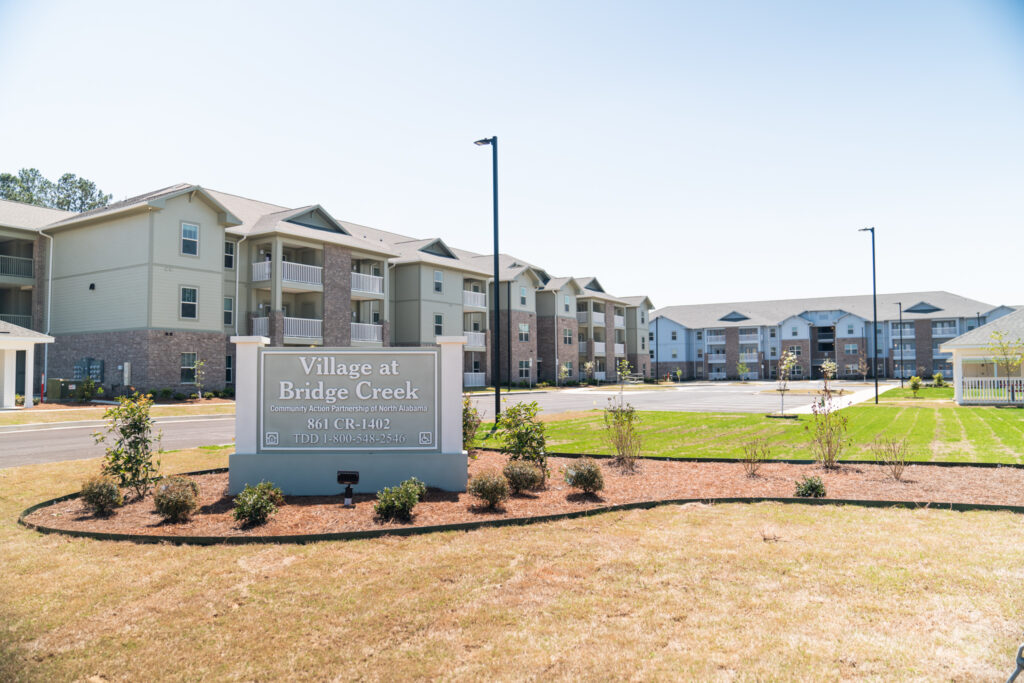HOUSING CAN'T WAIT
ALABAMA
Alabama is experiencing an acute shortage of workforce housing.
Alabama is lacking over 84,000 homes affordable to low-earning families, and this number is almost certain to increase amidst looming federal cuts to housing programs that assist over 94,000 households across the state. Further, Census data reveals that more than 7,500 homes in Alabama lack complete plumbing facilities, and over 13,000 homes lack full kitchens. Increased state investment is needed to address the inadequate supply of decent and affordable housing. Alleviating poverty and homelessness are a top priority for Alabaman voters, and legislators are increasingly aware of how housing challenges produce cascading effects that threaten economic security and public safety, as demonstrated by the recent passage of the state’s Workforce Housing Tax Credit Program, marking the first state-level investment towards affordable housing.
The AL Fahe Caucus is creating change.
Since 2019, the Fahe Network has invested over $27 million in Alabama, improving the lives of over 300 households through housing development, repairs, and other supportive services, transforming families and communities across the state.
Success story
Fahe Members are committed to ensuring Alabamians across the state have access to quality affordable housing. In 2020, Fahe Member Community Action Partnership of North Alabama (CAPNA) leveraged Low-Income Housing Tax Credits and HOME Investment Partnerships Program funds to build the Village at Bridge Creek, a 56-unit multifamily development housing low-income seniors.
FACTS
A report by the Low-Income Housing Coalition of Alabama (LIHCA) estimates that an annual investment of $25 million into the currently unfunded Alabama Housing Trust Fund would generate significant economic benefits.
Over the course of 10 years, this investment could result in $1.2 billion in economic impact, 7,500 full-time jobs, and more than $163 million in state revenue.
According to data from the Federal Reserve Bank of St. Louis, Alabama has a 1.2% home vacancy rate, indicating a “tight market” and lack housing inventory.
For comparison, the typical U.S. rental vacancy rate is 5-8%, according to the Census Bureau.
Housing is where jobs go at night.
Employers need quality housing nearby to attract and keep workers. About 67% of larger companies say housing shortages make it harder to keep talent. Additionally, 58% report losing skilled employees due to a lack of affordable housing for working families.
PRIORITIES
Capitalize the Alabama Housing Trust Fund.
Pass legislation that supports the stewardship of land banking authorities.
FOR LAWMAKERS
Help us solve this challenge.
Learn how state investments in housing can generate housing opportunities for working families.
For Alabama residents
If you are interested in becoming a homeowner, or want to explore refinancing options, check out Fahe’s lending arm, JustChoice Lending.
OUR PARTNERS








